
Applications
The most common applications of drainage system are related to the construction field, even if its uses are potentially infinite, to obtain a temporary lowering of the groundwater for the execution of excavations.
Here are some examples of the main specific applications for which this technology is suitable. To see others, you can have a look at “Our works”.
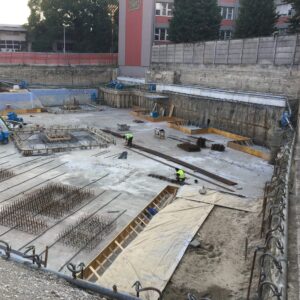
FOUNDATIONS AND WORKS FOR PUBLIC OR PRIVATE BUILDING
Excavation, casting or works in general below the groundwater

LAYING UNDERGROUND PIPES (SEWERS, AQUEDUCTS, PIPELINES …)
Laying of pipes of all types and diameters below the groundwater level

CONSTRUCTION OF ROAD OR RAILWAY UNDERPASSES
Excavation of road or railway underpasses with or without pushing the monolith.
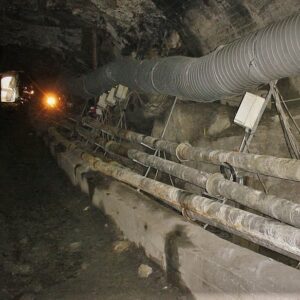
EXCAVATIONS IN THE TUNNEL
Tunnel bypass, drainage or pumping applications.
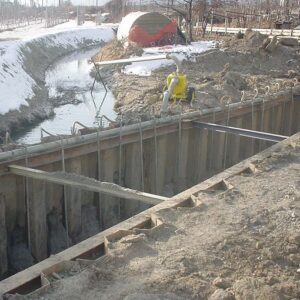
HYDRAULIC LOCATION OF DUCTS AND CANALS
For laying, remaking, cleaning or other work on channels and ditches, usually combined with bypass pumps.

REMEDIATION OF POLLUTED SITES
Remediation operations of polluted sites with the creation of a hydraulic barrier for the recovery of pollutants

WATER SUPPLY
Pumps for water supply for agricultural, industrial needs or for large quantities of water.
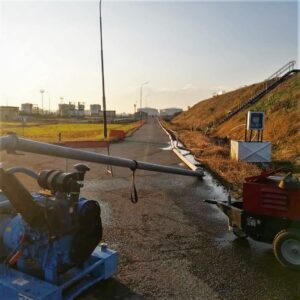
SEWER OR WATER BYPASS
Pumps for the recovery of water, also full of suspended solid bodies, sewers or channels.

BUILDING BRIDGES
drainage for the construction of all underground works (plinths, poles…) relating to the construction of bridges and viaducts.
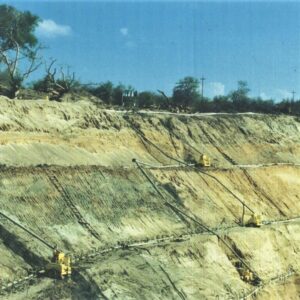
CONSTRUCTION OF DAMS
Excavations and workings for the construction of dams.

CONTAINMENT AND REDUCTION OF HYDRAULIC THRUST
Installation of drainage systems for the thrust reduction on dams, bulkheads, tanks, etc. to allow work on them without the risk of subsidence or damage.
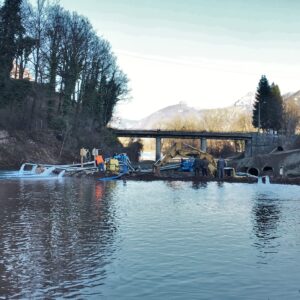
RIVER WORKS
Work within basins, lakes or rivers (bank remodeling, pipe laying, riverbed refurbishment etc.). Often, they include bypass works.
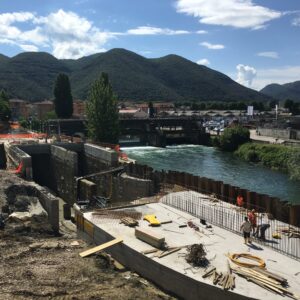
CONSTRUCTION OF HYDROELECTRIC POWER STATIONS
Excavations and workings for the construction of hydroelectric power stations.
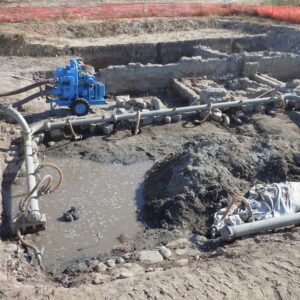
ARCHAEOLOGICAL WORKS
Excavations for archaeological research even in very delicate sites
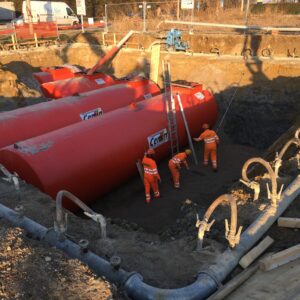
LAYING UNDERGROUND TANKS
Excavations for the laying or construction of basins, reservoirs, rolling basins etc.
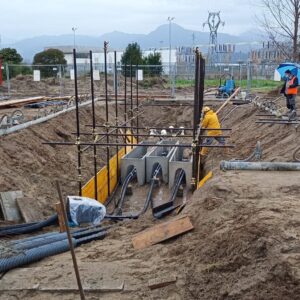
LAYING UNDERGROUND CABLES
Excavations and works for the laying of underground electrical cables, including support pylons in the case of overhead lines.
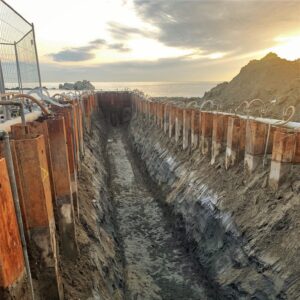
MARITIME WORKS
Works close to beaches or in maritime areas, may incluse the creation of naval basins, excavtion of foundations or layng of various types of pipes.

